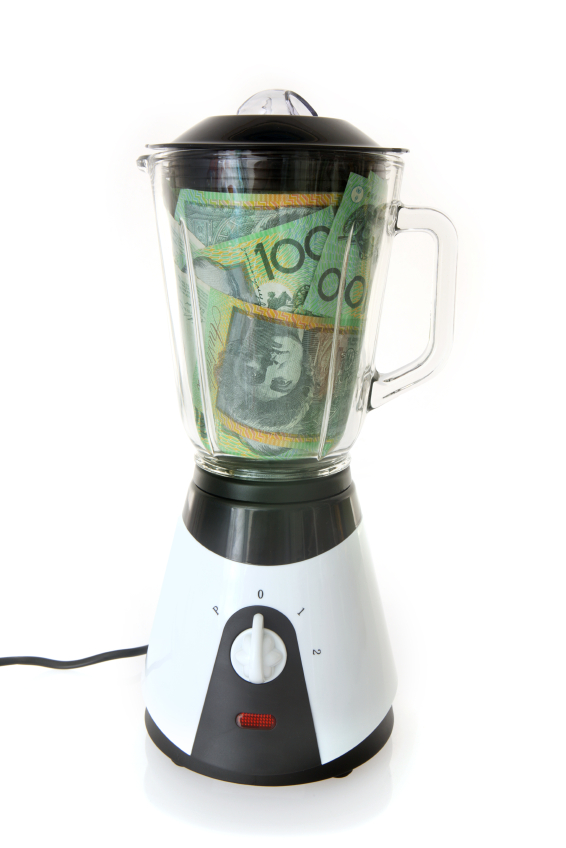The True Cost of Discounting
In my pricing work with lawyers, I find that many have no appreciation of the impact on the bottom line of discounting. And by discounting, I mean, charging less than "rack rate", writing off time before billing, or writing off bills after client complaints. Most of you will know that I am great proponent of pricing up front, and the impact of discounting is yet another reason to adopt this approach.
Many I speak to think that a discount on their "normal" hourly rate will simply result in the same discount on their profit - a 10% discount on rate just means a 10% discount on profit. But this doesn't take into account that direct costs are likely to remain the same, and therefore the only part of the hourly rate impacted by the discount is the gross profit.
Let's look at an example:
Assume a usual hourly rate of $400, and direct costs of 75% ($300) (a 25% profit margin), gives a gross profit/hour of $100. A 10% discount sets a rate of $360, but direct costs remain the same. the gross profit/hour is now $60, or a reduction of 40%. To achieve the same projected profit, a lawyer would have to work 40% more hours at the discounted rate.
A frequent reason lawyers give for not adopting non-time based pricing is that they fear it won't be profitable. But many of them are providing significant discounts to clients in order to get the work, without understanding that, in some instance, they are really doing the work for free and or even worse, at a cost to their business. Far better to agree a fee upfront which is fair to both parties, and gives the lawyer the opportunity to maximise profit by conducting the matter effectively.
For further reading on this issue and pricing generally, I recommend Ori Weiner's "High Impact Fee Negotiation and Management for Professionals" publihsed by Ark Publishing.



